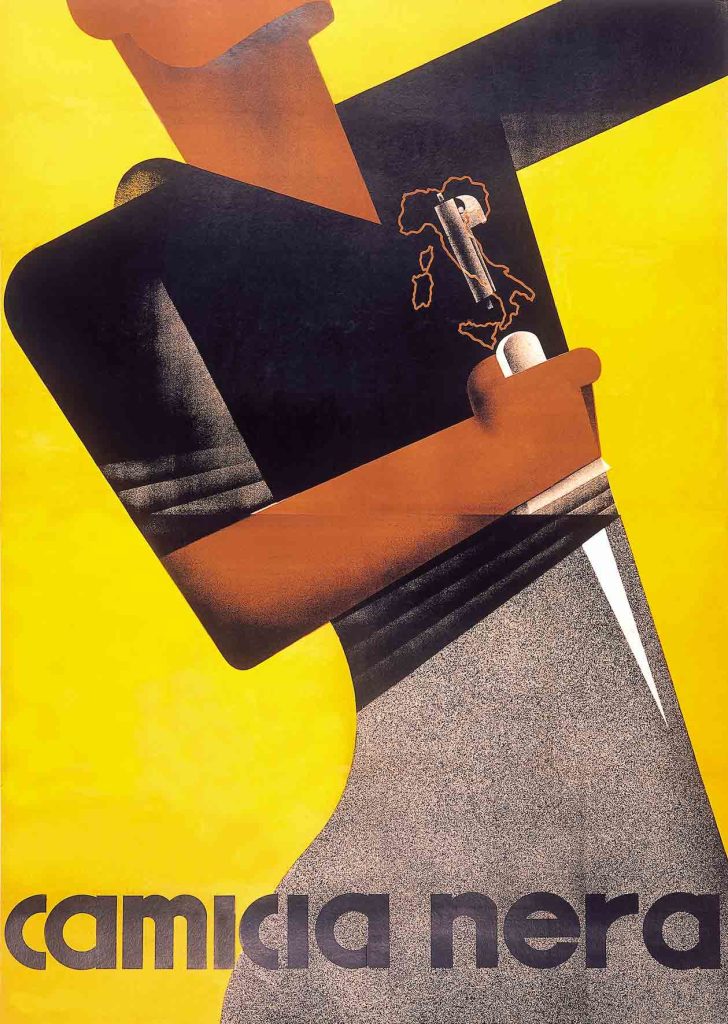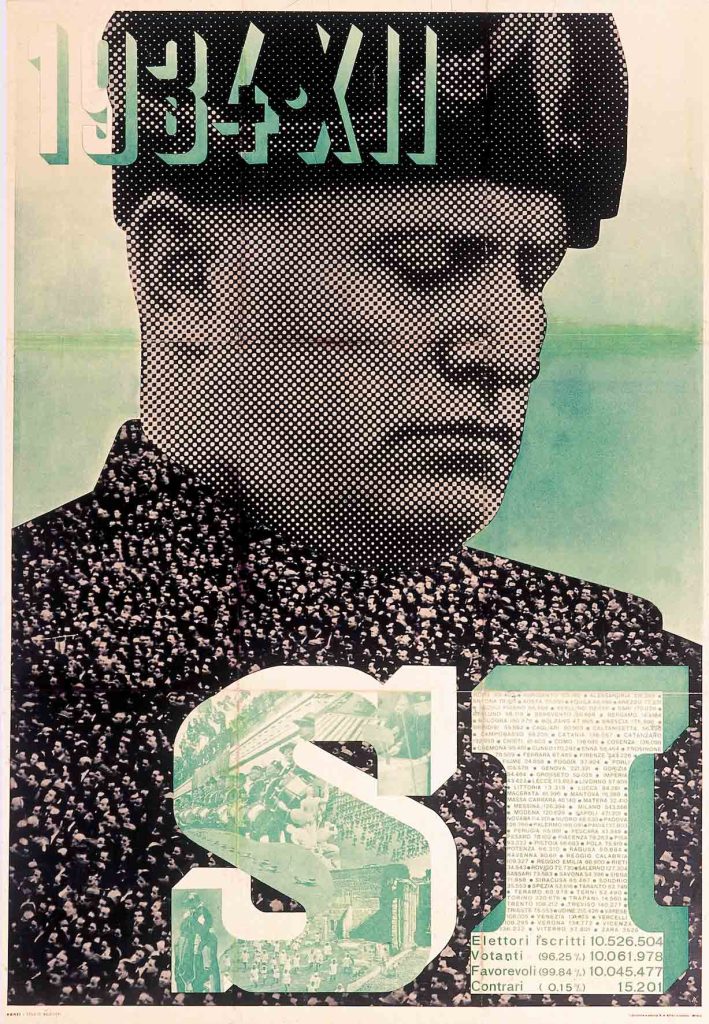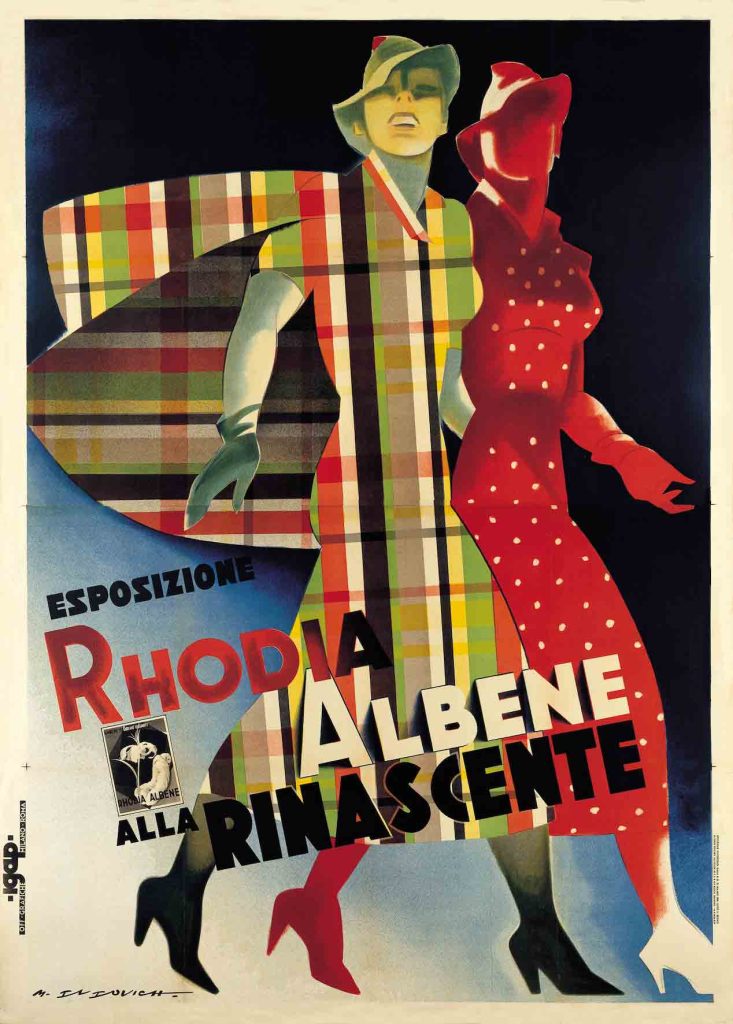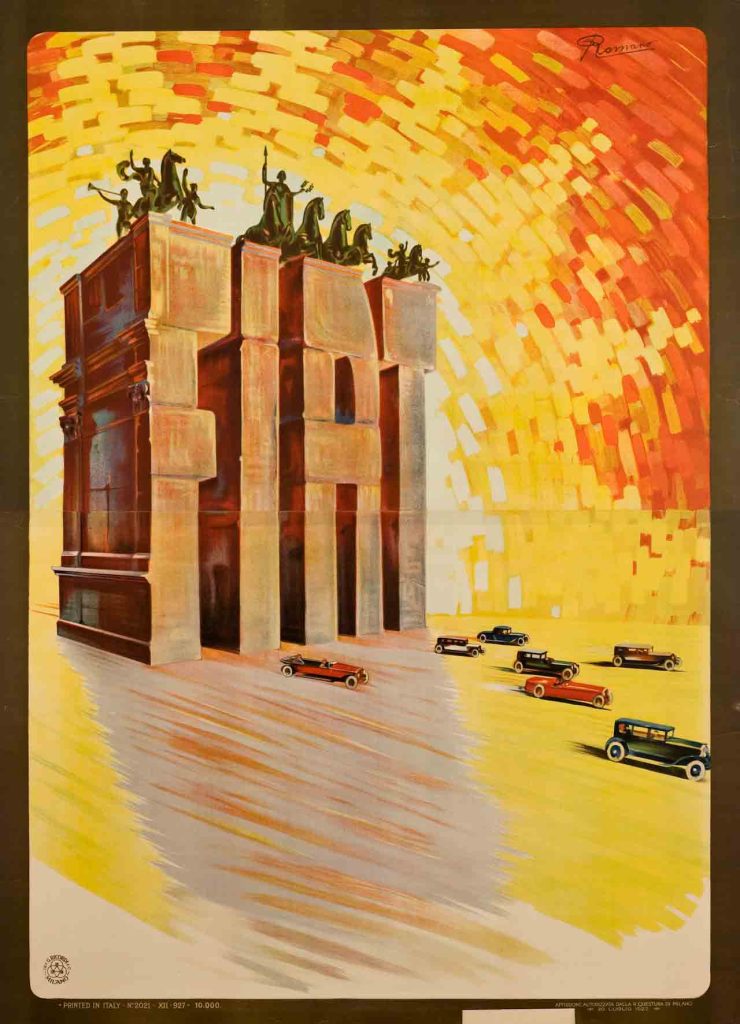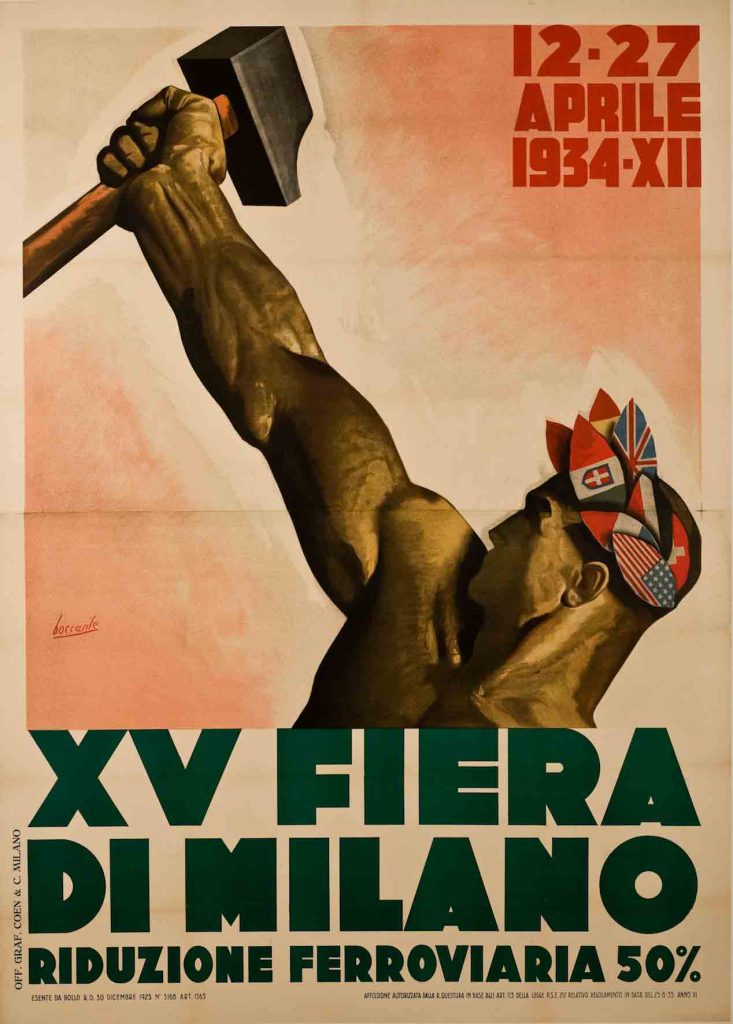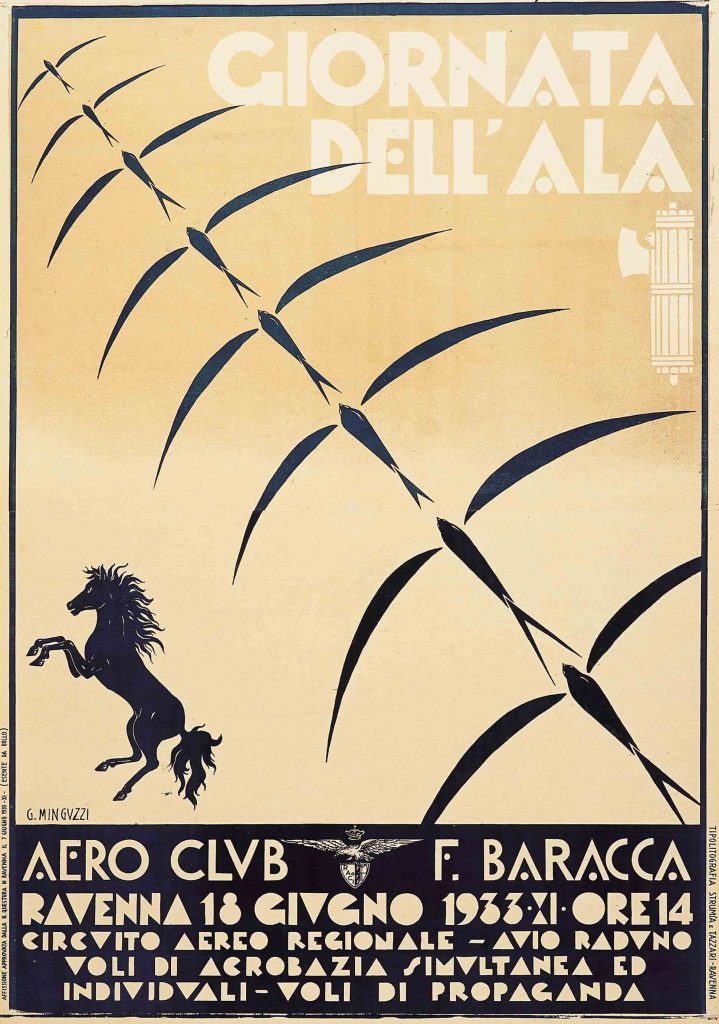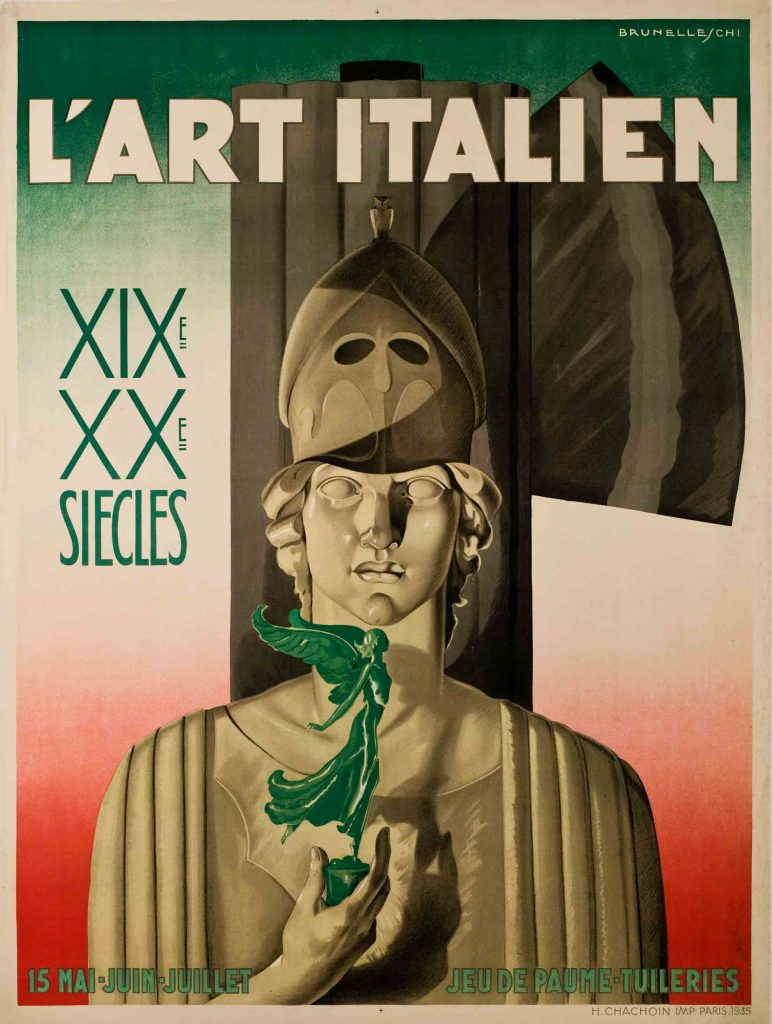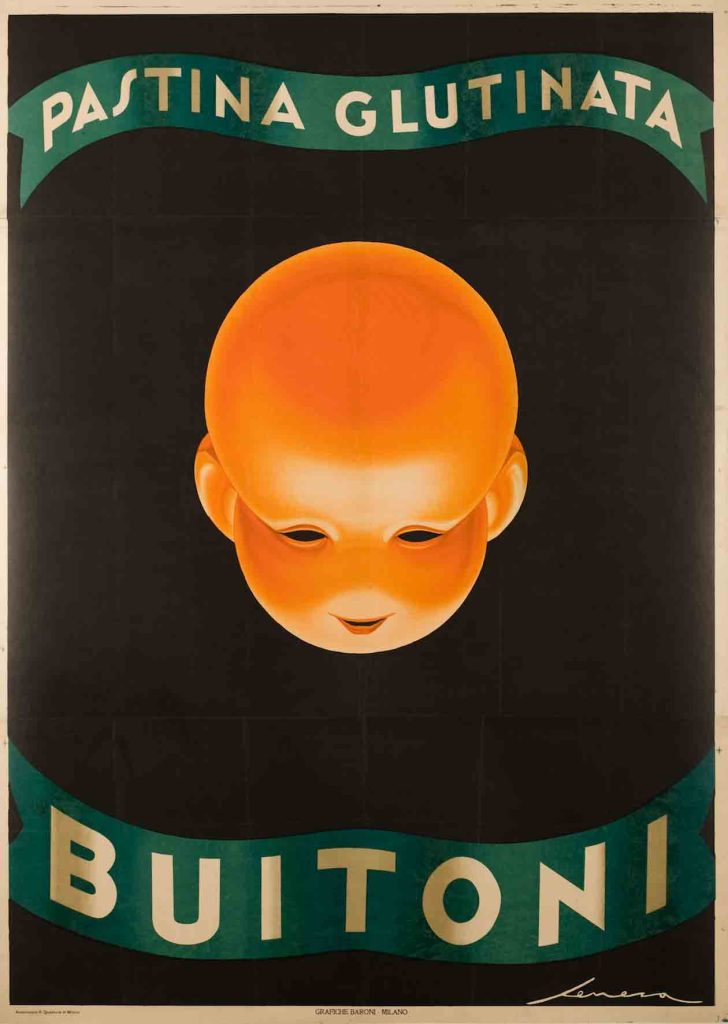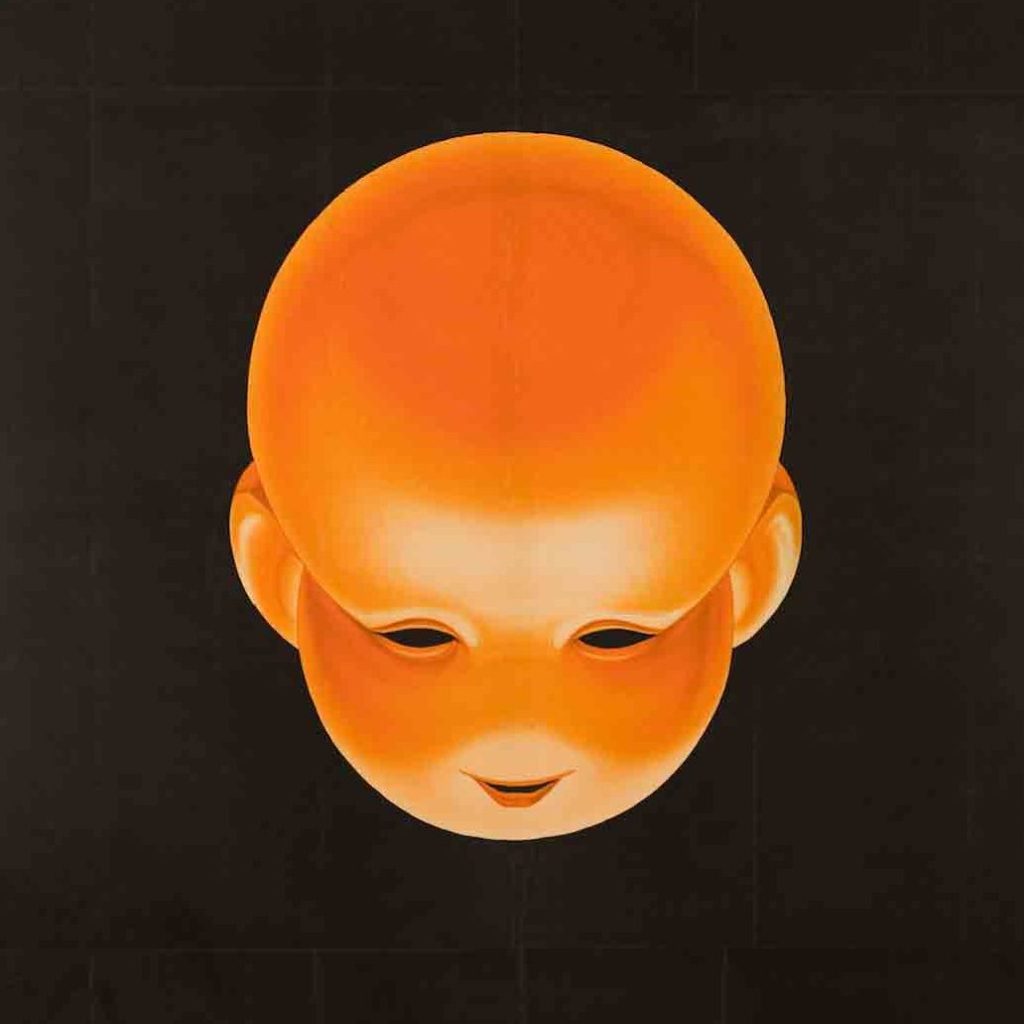The Future Was Then: The Changing Face of Fascist Italy
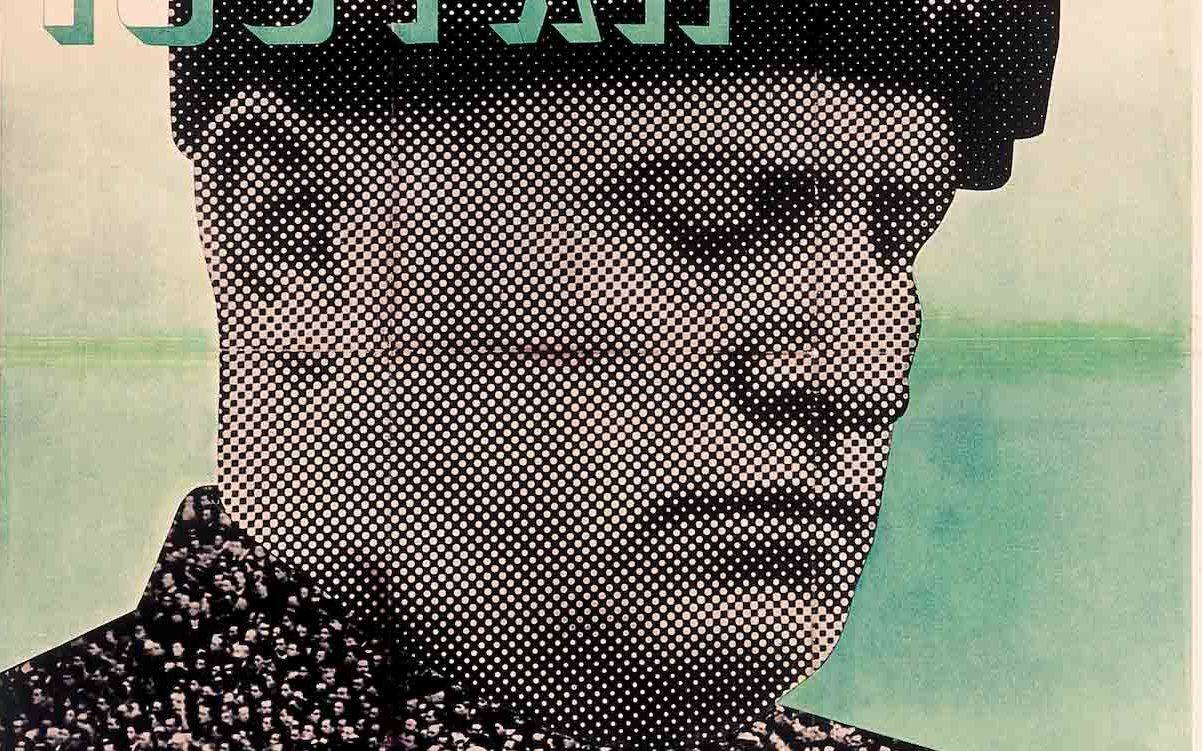
In a fascist movement inspired by art, how does the fascist government influence the artists living in its grasp? This exhibition explores how Benito Mussolini’s government created a broad-reaching culture that grew with and into the Futurist movement to claw into advertising, propaganda, and the very heart of the nation he commanded.
Featuring 75 pieces from the world-renowned Fondazione Massimo e Sonia Cirulli in Bologna, Italy, this expansive exhibition chronicles the length of Mussolini’s regime, focusing on the often blurred line between propaganda and art.
B.A. Van Sise FRGS is a photographic artist, author, and curator, primarily focused on the intersection between language and the visual form. Previously a journalist for the Village Voice and Newsday, he is also the author of Children of Grass: A Portrait of American Poetry with Mary-Louise Parker, Invited to Life: After the Holocaust, and On the National Language: the Poetry of America’s Endangered Tongues with DeLanna Studi and Crisosto Apache. His work has been featured in major solo exhibitions at the Center for Creative Photography, the Peabody Essex Museum, the Woody Guthrie Center, and the Skirball Cultural Center, and in group exhibitions at the Centro Millepiani in Rome and Scuola Internazionale di Grafica in Venice, and in Moscow at both the Jewish Museum and Tolerance Center and United States Embassy. Italian-born, he splits his time between New York City and Rome.
Fondazione Massimo e Sonia Cirulli is an Italian cultural institution with nationwide reach, established in New York in 1984 by the efforts of Massimo and Sonia Cirulli. It is based on an important private collection of more than ten thousand artworks, documents, and artifacts dedicated to twentieth-century Italian culture.
The Fondazione’s goal is to promote, at both a national and an international level, twentieth-century Italian art and visual culture, through an innovative reading and multidisciplinary approach to the heritage of that era. It also aims to create an international center of excellence for the study and dissemination of Italian creative culture, from the early 1900s to the 1970s, that is, from the birth of modernity and the concept of “Made in Italy” to the postwar economic boom. The Fondazione undertakes a variety of cultural projects, such as exhibitions, events, and publications reflecting the multifaceted character of its holdings but also based on exchanges and collaborations with public cultural institutions as well as private collections in Italy and abroad. These relationships are facilitated by the breadth of a collection that encompasses several disparate fields, including the decorative arts, architectural design, industrial design, graphic design, and illustration. These materials tell the story of modern Italian culture from a range of unusual perspectives. Among the masters of Italian art included in the collection are Giacomo Balla, Fortunato Depero, Lucio Fontana, Osvaldo Licini, Bruno Munari, Gio Ponti, Luigi Russolo, and Mario Sironi. The building housing the Fondazione’s exhibition space and headquarters has a strong symbolic connection to the history of twentieth-century Italian architecture and design, as it was envisioned by Achille and Pier Giacomo Castiglioni in 1960.
This exhibition comes to Poster House through a generous loan from the Fondazione Massimo e Sonia Cirulli, Bologna.
This program is supported, in part, by public funds from the New York City Department of Cultural Affairs in partnership with the City Council, and the New York State Council on the Arts (NYSCA).
![]()
![]()
